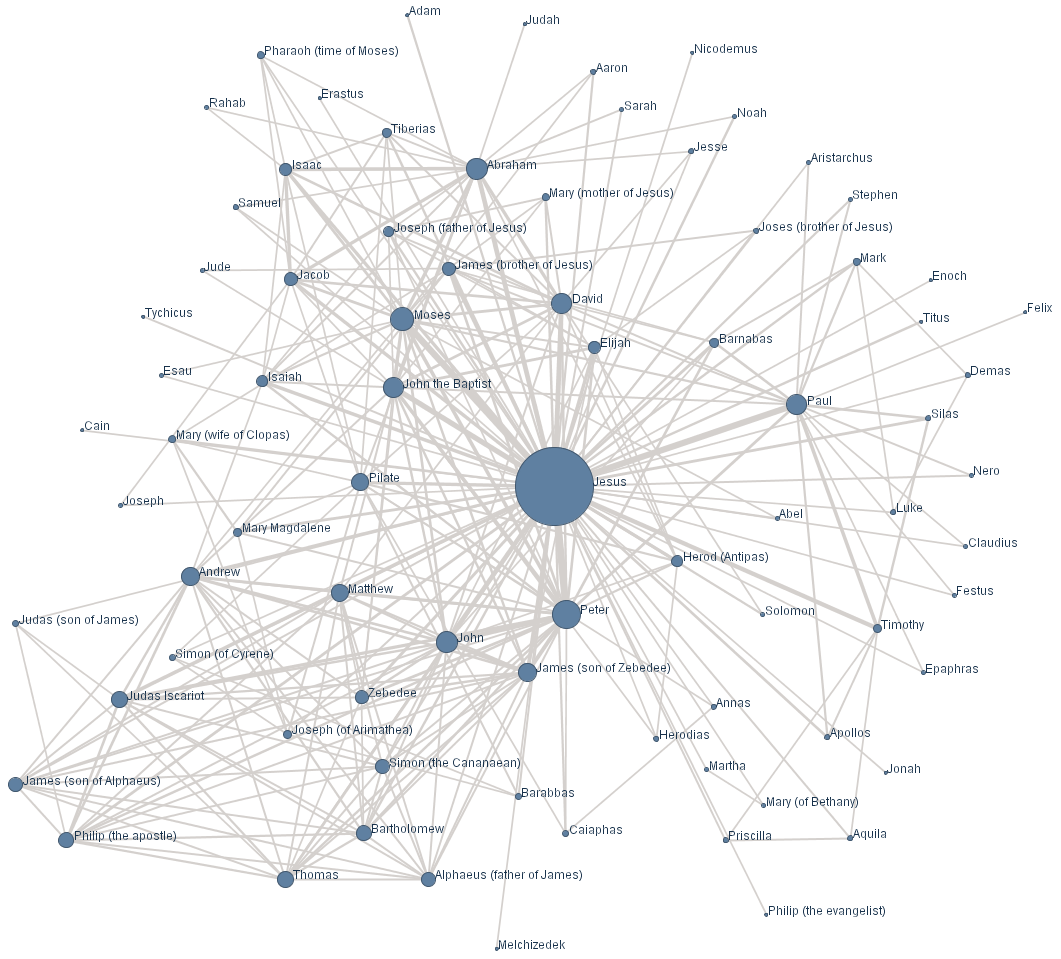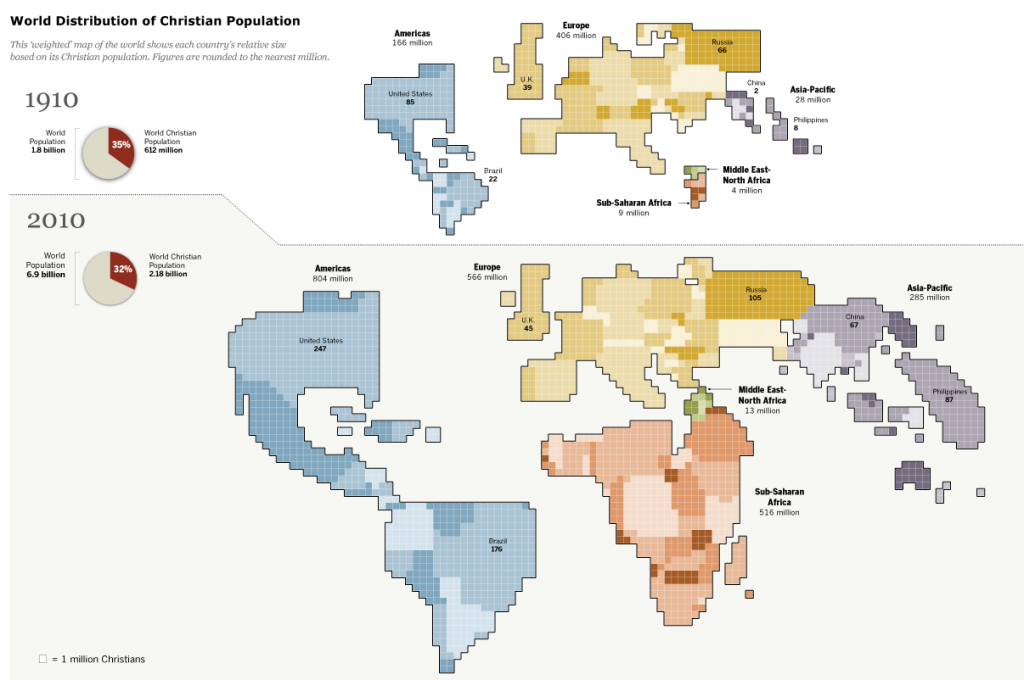The new year is always a time for lists, all kinds of lists. So I decided to try a new list, and one that hopefully helps readers learn what sociology profs do with all these charts, graphs and theories when they don’t teach it or blog on it. I’m teaching a graduate seminar class on how to publish in sociology, a kind of reverse engineering of the basic “product” that academic sociologists are known for: the research article. To that... Read more














